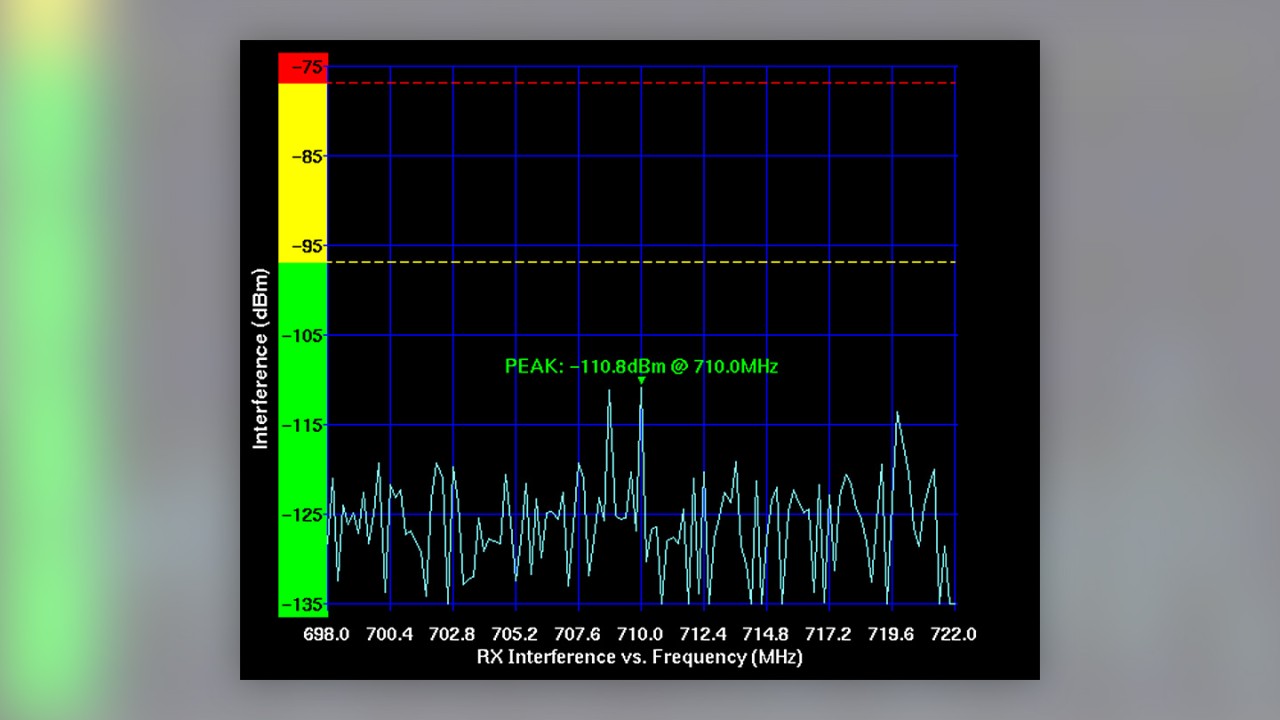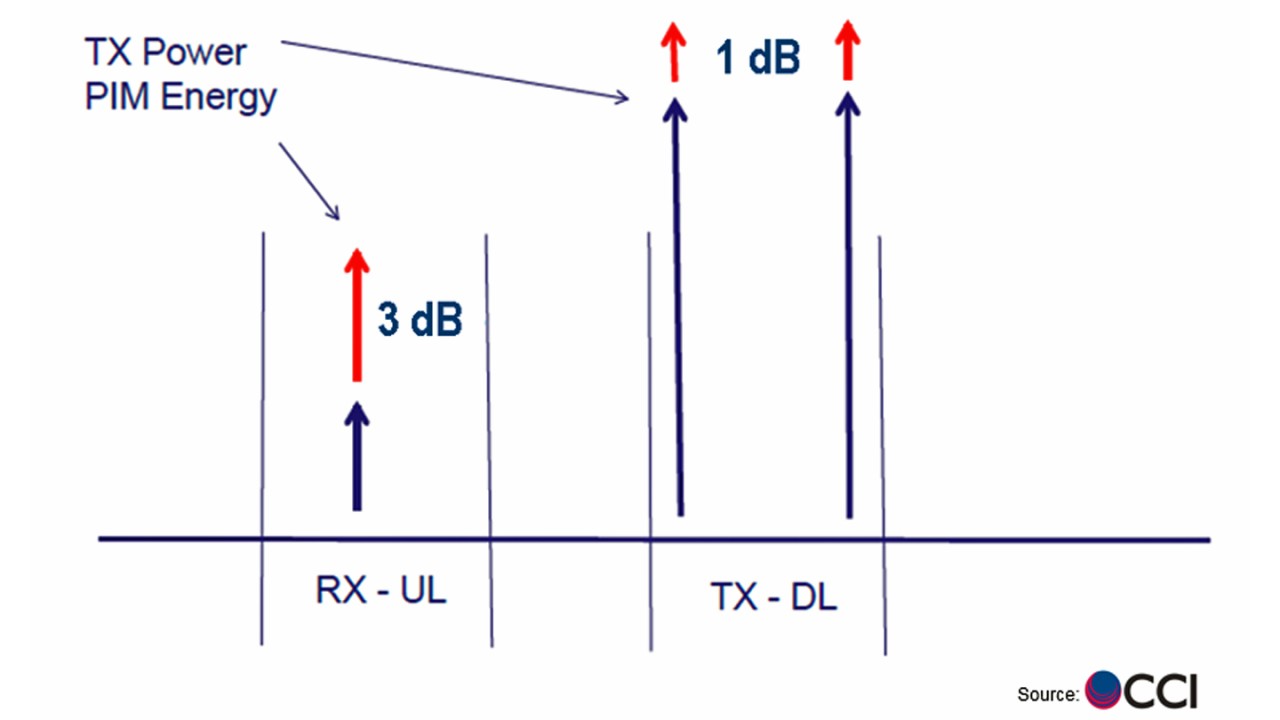Written by Yunuen Wagner | January 12, 2017


With 3G and 4G, however, frequency re-allocation is no longer possible. PIM problems have to be dealt with. They have become even more important as network operators need to push their networks’ spectral efficiency to the theoretical limit to achieve the highest possible data rates.
How can you tell the difference between passive intermodulation and any external interference?
As mentioned in an earlier post, it all starts with low network performance: low signal-to-noise ratio, reduced data rates, dropped calls, reduced coverage, etc., combined with the fact that voltage standing wave ratio (VSWR) measurements, performed at the site, are O.K.
If you can switch the site off and “listen” with a spectrum analyzer, such as the R&S FSH or PiMPro in RX interference mode, it is possible to identify PIM. Passive intermodulation is related to transmitting power. When the power is turned off, and the interference remains, then it is most probably an external interference; is the interference gone, then it is PIM you are dealing with.


Non-linear behavior in passive intermodulation
Alternatively, if you can’t switch the site off, you can vary the TX power and monitor the interference level in the uplink (UL) frequency range. PIM has a non-linear behavior. Raising the TX power by 1 dB will increase the PIM energy in the UL by 3 dB (in practice, around 2.3 dB). With this in mind, you could increase the TX power by a few dBs to determine whether PIM energy is present.


At this point in time:
- If you are facing PIM, we recommend inspecting the connectors: clean and torque them properly. One loose connector, moving because of wind, can create PIM levels higher than –60 dBm (tested at 2 x 43 dBm). The PiMPro Tower PIM analyzer can easily help you identify the sources of PIM.
- If you are facing external interference, Rohde & Schwarz offers a broad product portfolio for the detection and location of radio communication signals, from cost-efficient entry-level to specialized automatic solutions.
There is more to say about PIM; for example, what is the best practice testing for PIM? Learn about our recommended testing procedures here.







